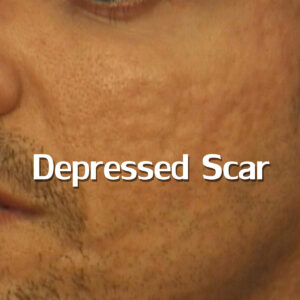What Are Scars?
-
Skin scars are the normal outcome and response of the tissue repair and healing process. A scar is a permanent visible mark on the skin left by a wound caused by trauma, burn, or surgery.
-
Scars are not just cosmetic problems, affect people psychologically and impact their quality of life. That’s why preventing scar formation from the beginning is very important to achieve the best skin appearance and function.
Why Do Scars Form?
-
After any wound, skin passes through the normal stages of the wound healing process: INFLAMMATION, PROLIFERATION, AND REMODELING to restore the lost tissue.
-
In the remodeling stage, the body produces excess collagen to restore the tensile strength of the newly formed immature and weak tissue. The remodeling stage may take up to 2 years.
Types Of Scars
UPDATED SCAR MANAGEMENT GUIDELINES & INTERNATIONAL CLINICAL RECOMMENDATIONS
Every effort must be made to prevent the development of hypertrophic scars or keloids after surgery or trauma.
Silicone gel should be applied as early as possible after wound closure following surgery, trauma, or burns, but it should not be applied to an open wound.
THE LATEST GUIDELINES and CLINICAL RECOMMENDATIONS for scar management ADVOCATE AND RECOMMEND SILICONE therapy as a FIRST-LINE ‘GOLD STANDARD’ PREVENTION AND TREATMENT option for both hypertrophic scars and keloids. The EFFICACY AND SAFETY of this ‘GOLD STANDARD’ has been demonstrated in many clinical studies.

Kemagel Silicone










